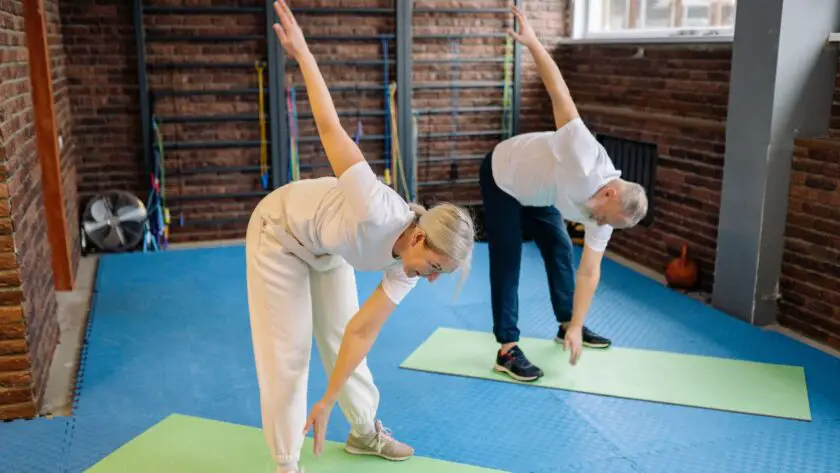Hemorrhoids, also known as piles, are swollen veins in the lower rectum or anus. They can cause discomfort, pain, and bleeding during bowel movements. Hemorrhoids are a common condition, with about 50% of people experiencing them at some point in their lives.
One of the factors that can contribute to the development of hemorrhoids is exercise or working out. In this article, we will explore the connection between hemorrhoids and exercise and what you can do to prevent and treat them.
Why Exercise Can Cause Hemorrhoids
Exercise is generally considered a healthy activity, but certain types of exercises can increase the risk of developing hemorrhoids. One of the reasons for this is that exercise can increase pressure on the veins in the lower rectum and anus. This pressure can cause the veins to swell and become inflamed, leading to hemorrhoids.
Some types of exercises that can increase the risk of developing hemorrhoids include weightlifting, cycling, and running. Weightlifting can increase pressure in the abdominal area, which can put pressure on the veins in the rectum and anus.
Cycling can also increase pressure in the pelvic area, which can lead to hemorrhoids. Running can cause jarring movements that can exacerbate existing hemorrhoids or cause new ones to form.
Additionally, some people may strain or hold their breath during exercise, which can increase the pressure on the veins in the lower rectum and anus. This can occur during weightlifting, but also during other exercises such as yoga, Pilates, or even swimming.

Preventing Hemorrhoids from working out
While exercise can increase the risk of developing hemorrhoids, there are several things you can do to prevent them. One of the most important things is to maintain good bowel habits.
This includes drinking plenty of water, eating a high-fiber diet, and going to the bathroom when you feel the urge to do so. If you are constipated, you may want to take a stool softener or fiber supplement to help you have more regular bowel movements.
When exercising, it is important to avoid holding your breath or straining, especially during weightlifting. You should also avoid exercises that put excessive pressure on the pelvic area, such as cycling or running on hard surfaces.
If you do want to cycle or run, consider using a cushioned seat or wearing padded shorts to reduce the pressure on your pelvic area.
You may also want to consider doing exercises that can help strengthen the muscles in your pelvic area, such as Kegels.
Kegels are exercises that involve squeezing and releasing the muscles in your pelvic floor. Doing these exercises regularly can help improve blood flow and prevent the development of hemorrhoids.
Hemorrhoids from working out, treating Hemorrhoids After Exercise
If you do develop hemorrhoids after exercising, there are several things you can do to treat them. One of the most effective treatments is to use over-the-counter creams or ointments that contain hydrocortisone or witch hazel. These products can help reduce inflammation and relieve pain and itching.
You may also want to try soaking in a warm bath or using a sitz bath to help reduce inflammation and improve blood flow to the affected area. Adding Epsom salt or baking soda to the bath can also help relieve discomfort.
In some cases, hemorrhoids may become so severe that they require medical treatment. This can include procedures such as rubber band ligation or surgery to remove the hemorrhoids.
If you are experiencing severe pain or bleeding, you should consult with a healthcare provider to determine the best course of treatment.
Conclusion
Hemorrhoids are a common condition that can be caused by exercise or working out. While some types of exercises can increase the risk of developing hemorrhoids, there are several things you can do to prevent them. Maintaining good bowel habits, avoiding straining during exercise.
using cushioned seats or padded shorts, and doing exercises to strengthen the muscles in your pelvic area are all effective ways to prevent hemorrhoids from developing during exercise.
If you do develop hemorrhoids after exercising, there are several treatments you can try at home, including over-the-counter creams and ointments, warm baths or sitz baths, and adding Epsom salt or baking soda to the bath to relieve discomfort.
Overall, while exercise can increase the risk of developing hemorrhoids, it’s important to maintain a healthy and active lifestyle.
By taking preventative measures and seeking treatment when necessary, you can continue to enjoy the many benefits of exercise without having to worry about the discomfort and pain of hemorrhoids.






